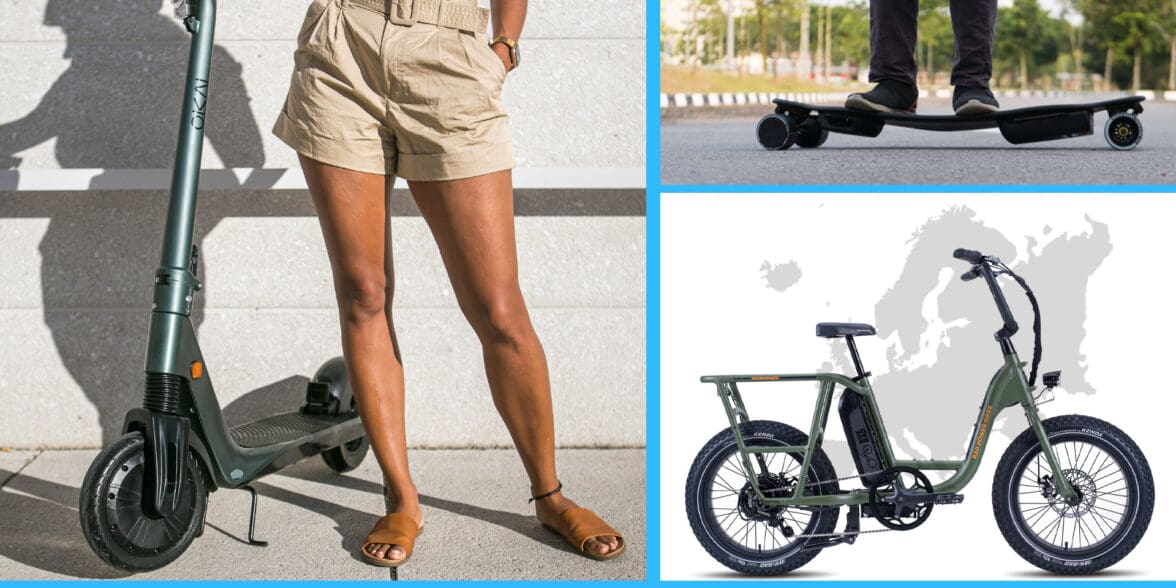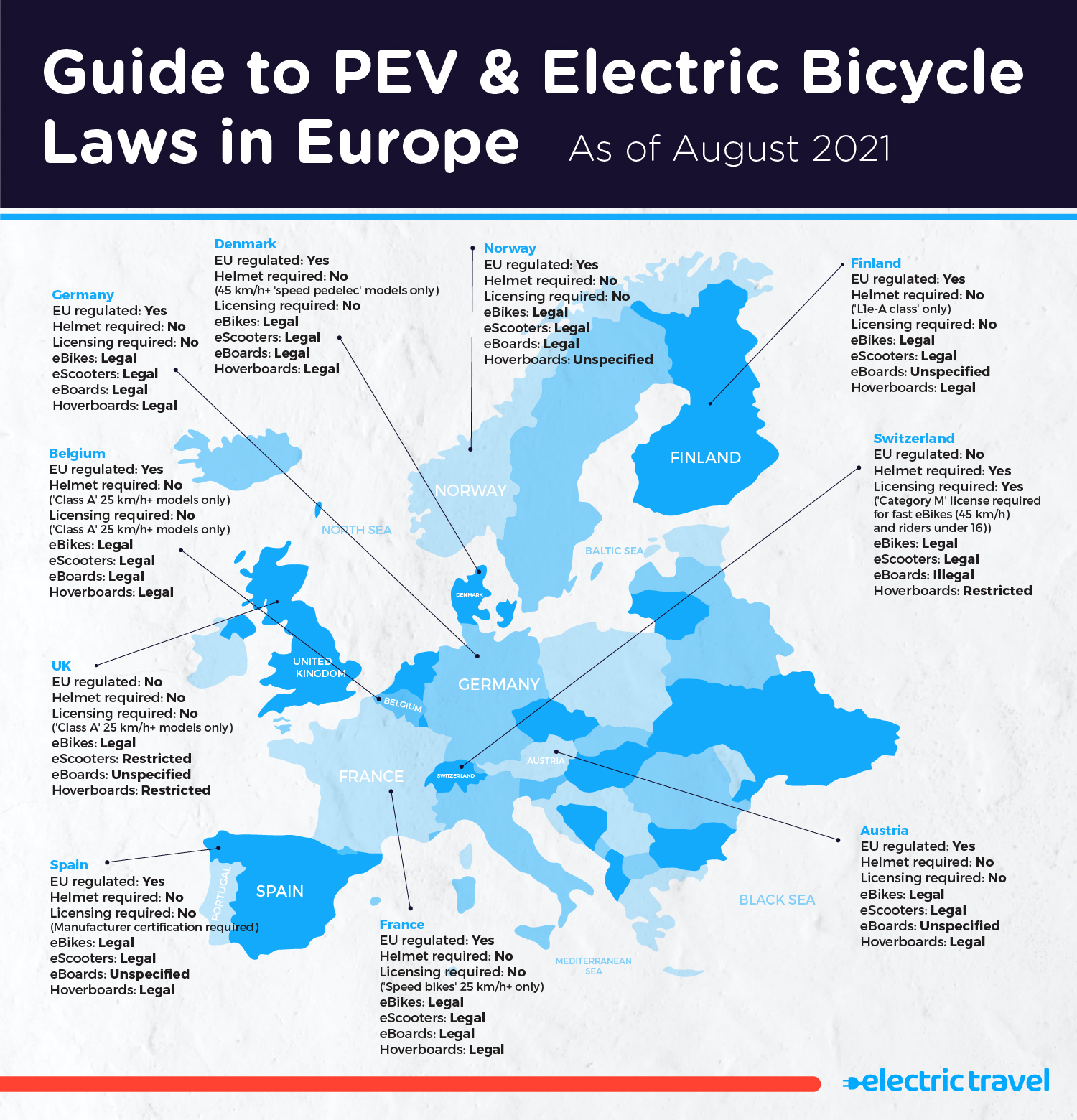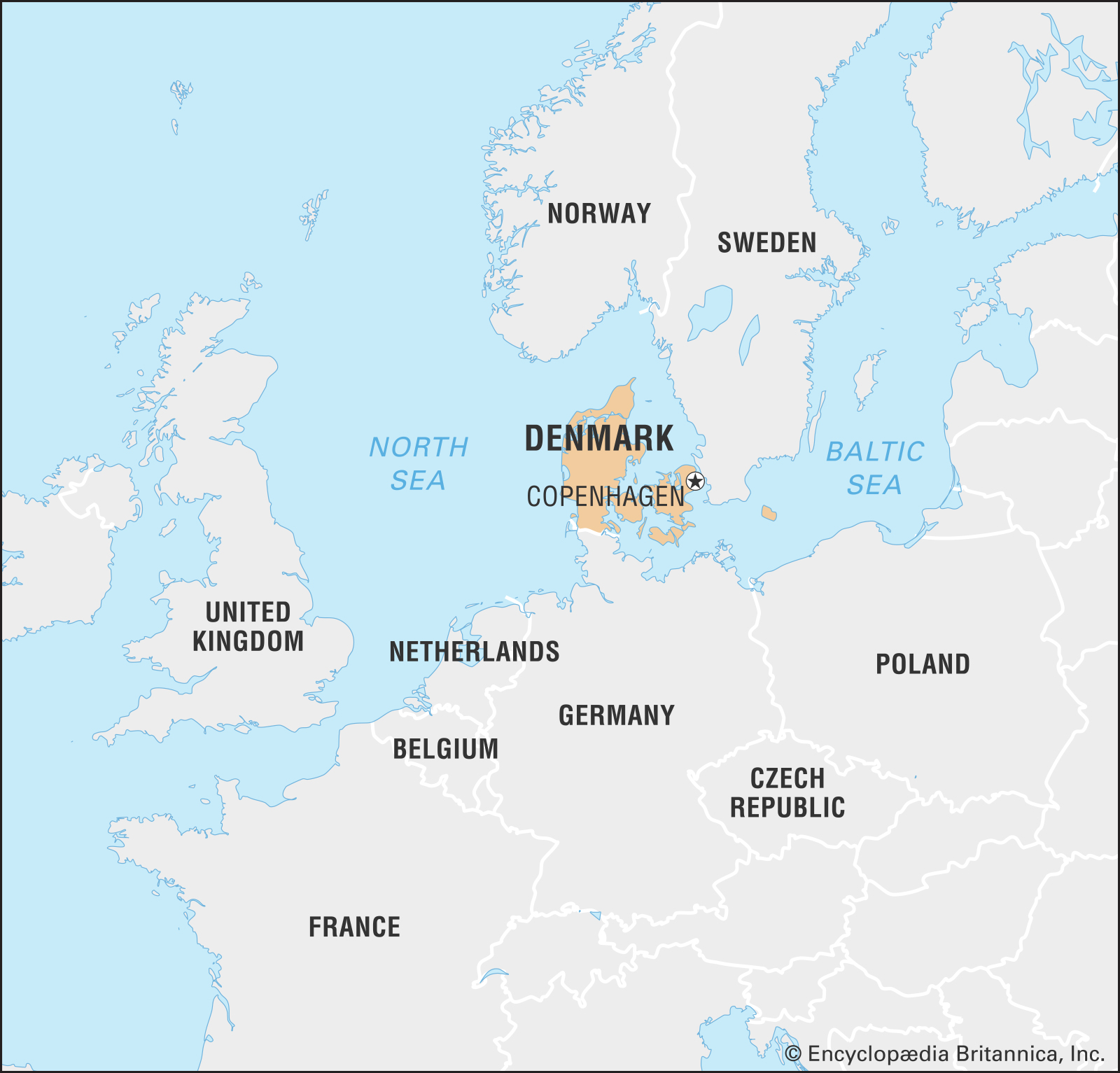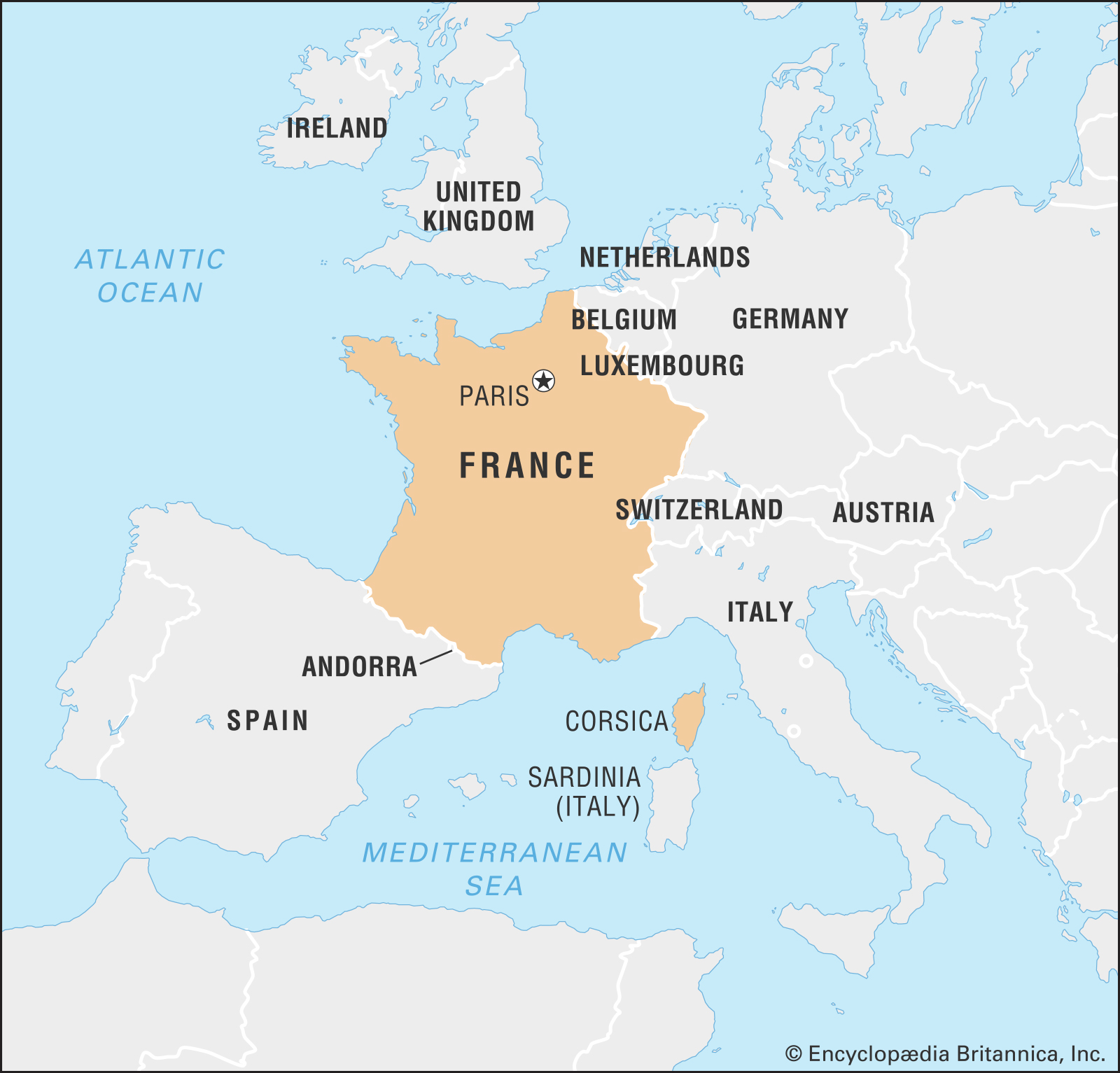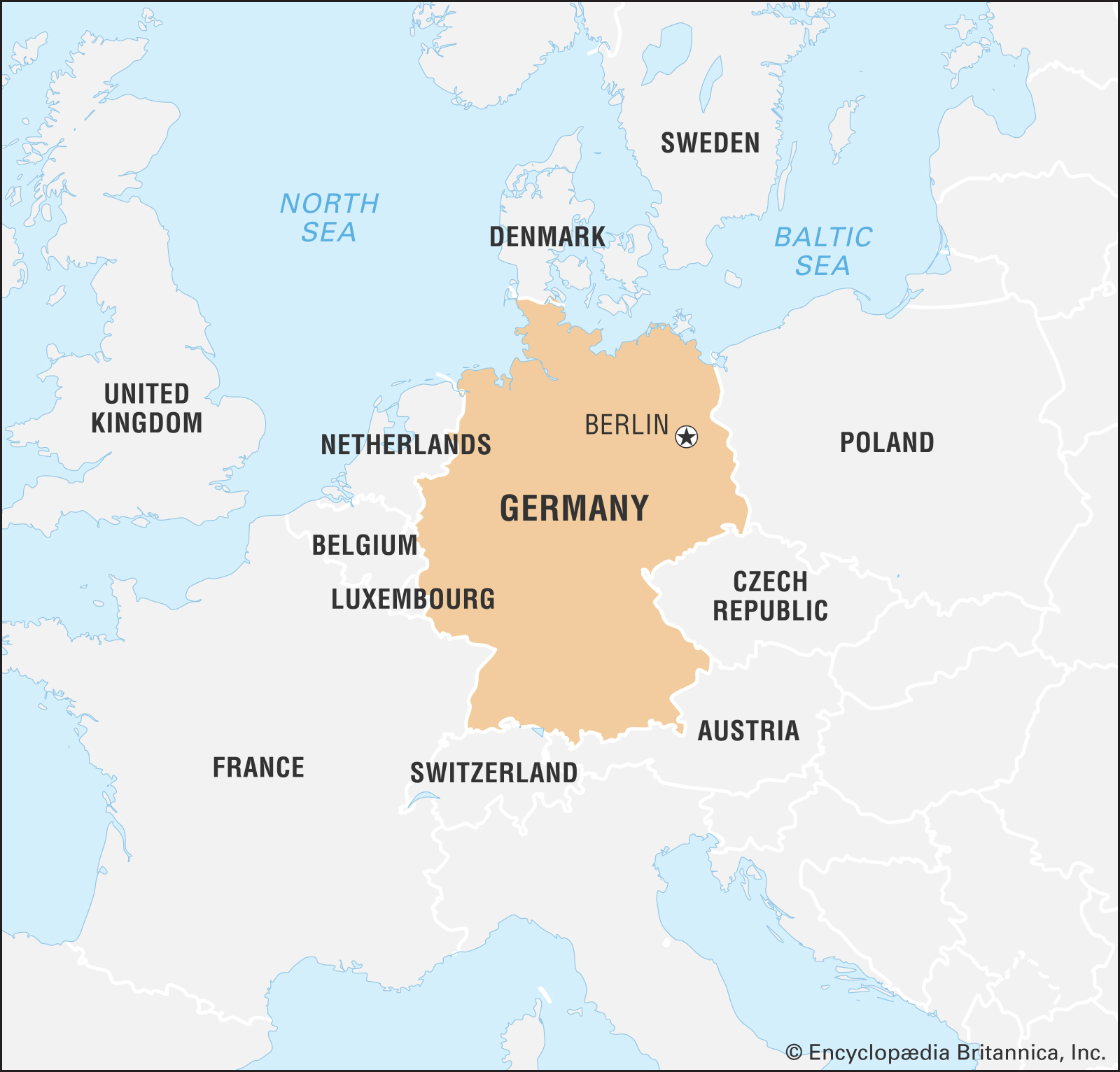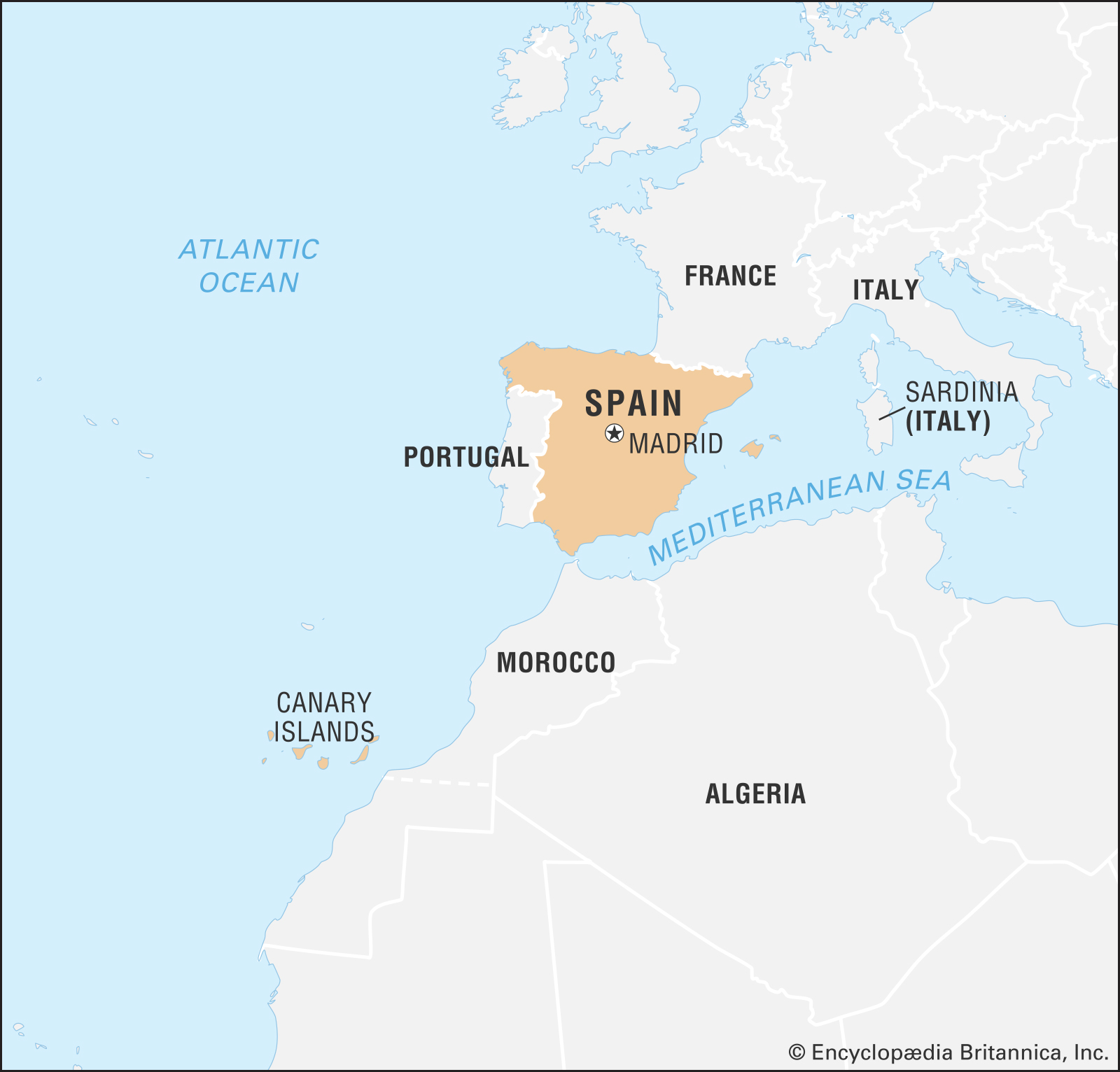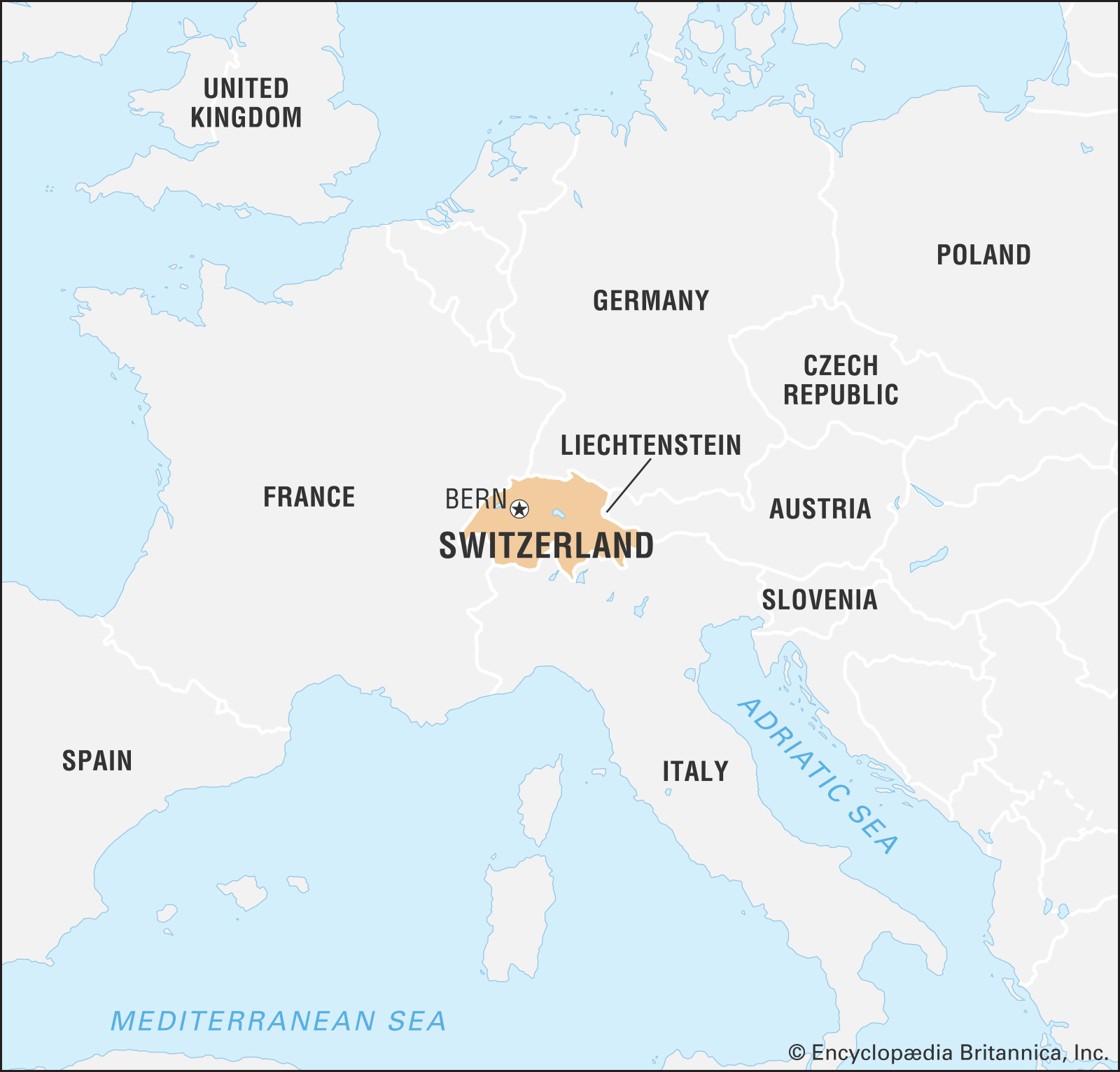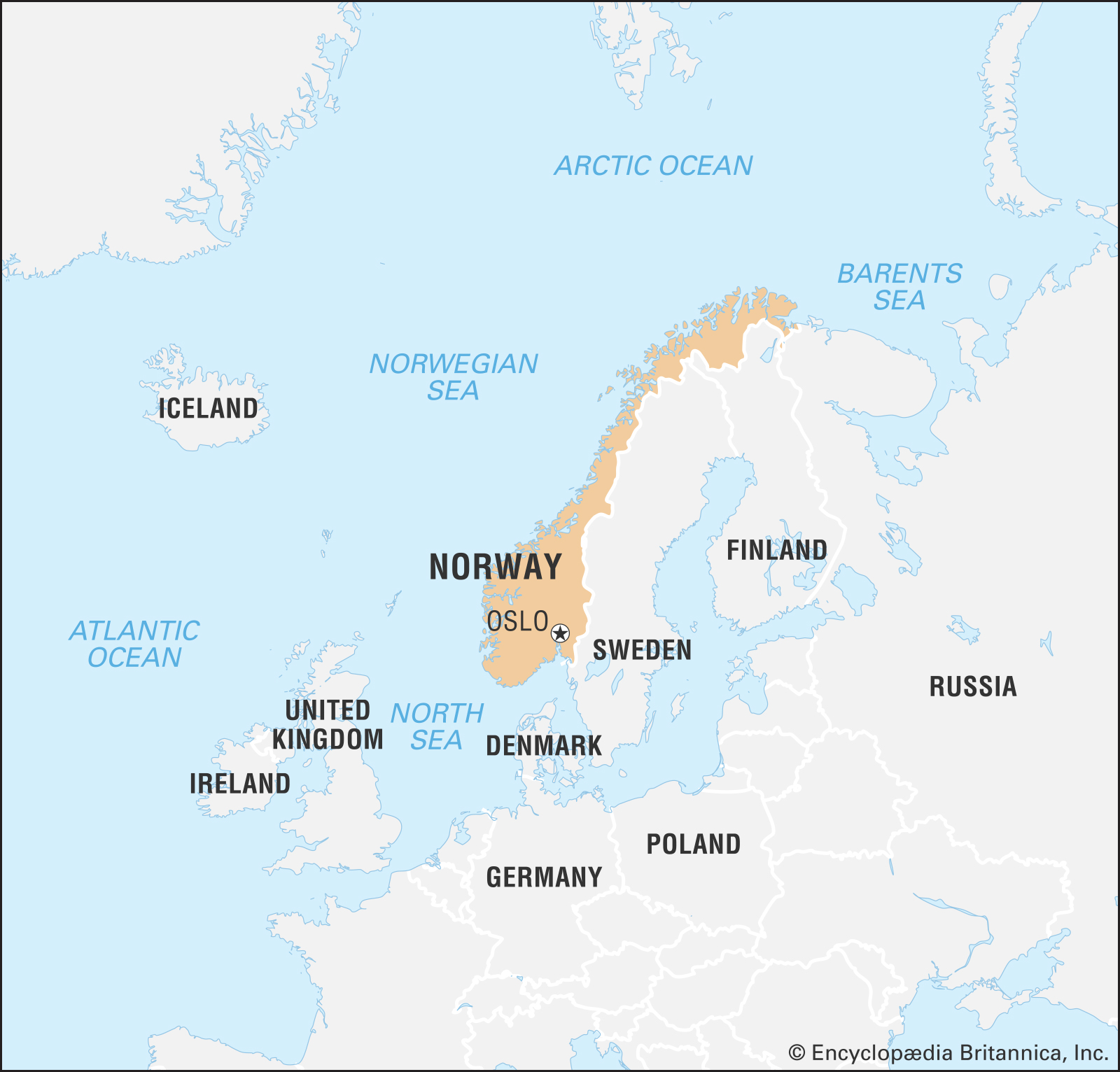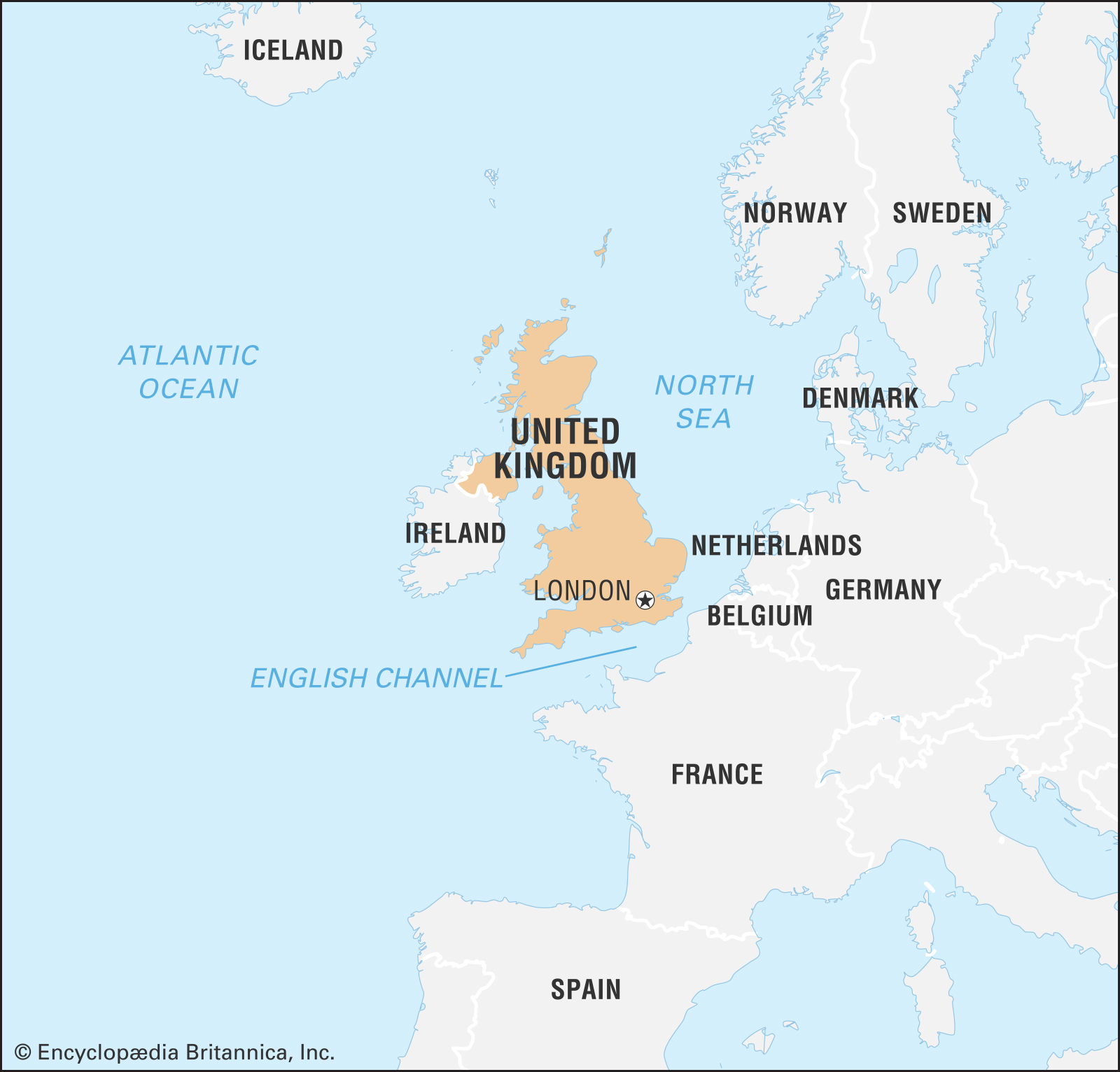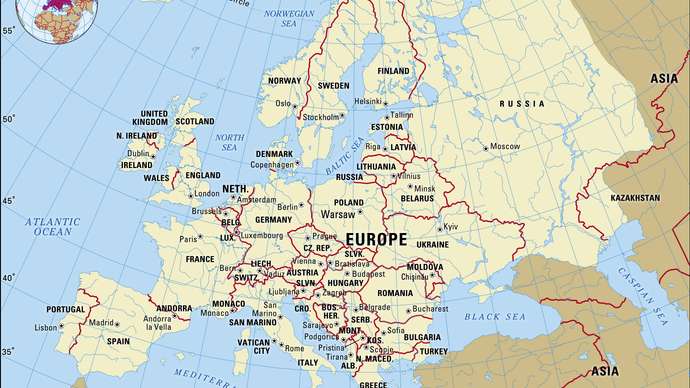This guide contains the laws and legalities surrounding personal electric vehicles (PEVs) throughout Europe. We hope to clarify any legal misconceptions our readers have, ensuring they don’t find themselves subject to any police stops or fines. As it stands, many countries within the European Union abide by the same regulations, with a few legal and societal nuances between them. So without delay, let’s start by discussing EU legislation in greater detail.
European Union Legislation
Legislation within the EU results in a fairly uniform approach to handling PEV and eBike laws within most countries in Europe. EU directive 2002/24/EC exempts certain bicycle/eBike models from type approval. This is provided they are equipped with pedal assistance and an auxiliary electric motor, maintaining a continuous rated power of 0.25 kW/250W.
This output is to progressively decline and eventually cut off once the vehicle reaches 25 km/h (15.5 mp/h), or if the cyclist stops pedalling. Following suit with most EU directives, member nations are required to individually implement these regulations within national legislation. This also results in many European countries sharing the same PEV/eBike regulations.

As of 2009, the “EN 15194” European product safety standard was published. In 2016, directive 2002/24/EC was repealed by regulation 168/2013, although the definitions for each are almost the same. Furthermore, the use of a mountain bike without correct lighting, reflective materials or bell remains in violation of EU regulation. This also extends to electric bikes, depending on which country you’re riding through.
Please note, any country on this list without mention of eBikes does not differentiate from EU regulation (250W, 25 km/h).
PEV and eBike Laws by Country
Austria PEV Laws
Despite legislation matching their EU neighbours, Austria is quite relaxed regarding PEV usage; with hoverboards, unicycles and other small electric devices suitable for use on the sidewalk, provided no pedestrians are endangered. However, electric scooters are still considered bikes, so riding these on the sidewalk remains prohibited.
- eBikes: Much like most countries on this list, Austria strictly abides by EU regulation. If you want to ensure the eBike you’re riding is legal, look for EU “CE – EN 15194” approval on the model.
- eScooters: eScooters in Austria remain limited to 600W of power output and a maximum speed of 25 km/h. Since June 1st 2019, eScooters are considered bikes and must use cycle paths or the road if available.
- eBoards: Although eScooters are still permitted to ride on the road, electric skateboards remain unclassified by Austrian law. Whilst this seems like a fairly innocent ride, we recommend taking care as the law still does not recognise eBoards.
- Hoverboards: We found little information regarding hoverboard laws within Austria. However, it seems accepted that these models are suitable for use on the sidewalk. Interestingly, the Austrian transport ministry legalised “Back to the Future” style hoverboards in 2015, despite them not existing yet!
Belgium PEV Laws
The laws and regulations for PEVs/eBikes are quite relaxed compared to their neighbouring EU counterparts. Technical laws passed during 2016-2017 allow the public to ride three eBike types of varying power:
- 250W models: eBikes limited to 25 km/h (15.5 mp/h), suitable for all ages with no helmet requirement.
- 1000W models: Still limited to 25 km/h but now classified as “motorised-bikes”, rider age of 16 required alongside a conformity certificate. Just like 250W models, there is no helmet requirement to legally ride this eBike.
- 4000W models: Now classified as “speed pedelecs”, these powerful models are classed as mopeds; requiring riders to abide by moped regulations.
As it stands, eScooter, eBike, eBoard and hoverboard models are completely legal on public roads; provided they do not go over 25 km/h. Should your PEV exceed this speed, riders require a “class A” drivers license, insurance, number plate and helmet to legally operate their vehicle.
Denmark PEV Laws
The Danish government has taken huge steps towards the widespread adoption of PEVs since 2019. eBikes and scooters are suitable for use in bike lanes, although they are still carefully regulated. For instance, the total number on the streets of Copenhagen is limited to a maximum of 3,000 eBikes and scooters in less crowded areas. It’s clear that Denmark is much more relaxed surrounding PEVs, being one of the few countries to allow hoverboards in the bike lane.
- eBikes: Recently, the Danish parliament approved the “speed pedelec”, also known as a “fast bike” in Switzerland. These speed pedelecs reach speeds of up to 45 km/h, with those operating such models required to wear a helmet and be at least 15 years of age. Interestingly, there is no license or number plate requirement for these so-called “super” electric bikes.
- eScooter: These models must not exceed speeds of 20 km/h (12 mp/h) and drivers must be at least 15 years old, riding in accordance with traffic rules. eScooters are suitable for use within the bike lane, provided they adhere to regulations.
- eBoards: Regarding eBoards or electric skateboards, riders must adhere to the same maximum speed and age limit as other PEV models. Lighting on either the board or rider is required at all times, although no mandatory insurance or regulation is needed.
- Hoverboard: Denmark is one of the few countries in Europe that still allow hoverboards to use the bike lane, provided they meet specifications set by the Ministry of Transport/Building and Housing.
Finland PEV Laws
In line with many EU regulations, eBikes in Finland can possess a 250W motor limited to 25 km/h, with the motor only assisting in (rather than replacing) pedalling. Although motor sizes between 250-1000W are permitted, proper insurance is required for those classified as “L1e-A class“.
The Finnish Road Safety Council classify all models as “electric mobility devices” and divide them into three main categories:
- Motorised bicycles (eBikes): This classification relates to models with a maximum power output between 250 – 1000W. These fall under the same technical regulations and traffic rules as bicycles. If pedalling isn’t required for operation, they are classed as “L1e-A” eBikes; with riders taking out insurance on their eBike for usage on public roads. Despite this, the top speed still remains limited to 25 km/h.
- Light Electric Vehicles (eScooters): Also limited to a maximum output of 1 kW, with an increased top speed of 25 km/h (15.5 mp/h). Riders must abide by Finnish cyclist traffic rules, requiring a front light and signalling device such as a bell.
- “Walking-assisting” mobility devices (Hoverboards): Devices such as hoverboards are limited to a maximum power output of 1 kW, for a top speed of just 15 km/h (9.3 mp/h). Alongside this, pedestrian traffic rules apply when moving at a walking pace.
France PEV Laws
Although France falls in line with most EU PEV regulations, they have taken a much more hardline approach in tackling unauthorised use. Known as the French statutory provision “L317-1“, those who modify or tweak their eBike to reach higher speeds can find themselves facing fines of up to €30,000 (US$35,000).
If you thought this was harsh, subjects who break this law can also face up to one year of imprisonment; alongside having their driver’s license suspended for up to three years! These definitely remain some of the harshest punishments we’ve seen for breaking PEV laws in any European country, so make sure to stay vigilant when riding in France.
- eBikes: In accordance with EU legislation, eBikes have a legal limit of 25 km/h and a 250W motor output. Once these models exceed that speed limit, they are officially considered a “speed bike”. These speed bikes are limited to 45 km/h and remain subject to different regulations and require an ‘AM license’. When checked, riders must present tax clearance and confirm that the manufacturer is located within Europe.
- eScooters: Riders must reach at least 12 years of age before they can legally use an eScooter; whilst still prohibited from riding on pavements and country roads. Much like eBikes, electric scooters may only reach a maximum speed of 25 km/h. Those who break these laws will incur a €135 fine.
- eBoards: Interestingly, France is one of the few European countries that allow the use of electric skateboards on roads, provided the speed limit is equal to 50 km/h. Other countries such as Germany, Netherlands and especially Switzerland do not accommodate electric skateboards at all.
Germany PEV Laws
Recent laws passed in Germany allow for “small electrical vehicles” on public roads; consisting of hoverboards, unicycles, eScooters, eBikes and more. As of June 15th 2019, electric scooters and other PEV/SEVs have remained legal to ride on the streets of Germany. However, this does not come without restriction, with riders and vehicle designs alike abiding by the following regulations.
The PEV model must:
- Weigh no more than 55 kg.
- Incorporate a handlebar within the design.
- Have two independently functioning brakes.
- Operate between 6 – 20 km/h minimum/maximum speeds.
- Possess front lighting/side reflectors and a bell or warning signal.
Despite these somewhat strict regulations, riders do not require a driver’s license or even a helmet to ride eScooters or eBikes on the road; instead, they simply must be at least 14 years of age. Riders must use bike paths or biking trails when riding their PEVs, with exceptions made if neither is available. In these instances, riders are permitted to ride on the road with cars, although riding on sidewalks remains prohibited.
Spain PEV Laws
Since their introduction to Spain, the government’s laissez-faire attitude has cost the public dearly. Pavements are littered with eScooters and in 2018, there were a reported 300 accidents and 5 fatal incidents from PEVs. However, Spain’s traffic authority has finally implemented new regulations surrounding these vehicles, if not a little strict.
For starters, PEVs are now considered vehicles throughout Spain and can no longer be used on pavements. Anyone caught riding on pavements are subject to a fine of up to €500 by Spanish police. In line with their new status as vehicles, riders caught driving under the influence or using their mobile phones may also be fined up to €500.
Following EU regulation, the maximum speed is set to 25 km/h for all roads, with riders required to possess a circulation certificate from the manufacturer. Lastly, riders are recommended to wear reflective clothing and take out insurance, however for now this isn’t enforced by law.
- eScooters, eBikes, Hoverboards: In line with EU regulation (250W, 25 km/h). Suitable to ride on public roads, but still banned from using any sidewalks.
- eBoards: Currently the only exception, electric skateboard regulations consist of basic rules on a per city basis. Cities such as Barcelona take a more moderate approach surrounding these transportation methods.
After such a rough start with PEVs, we can see why they have taken a tougher approach. We heavily recommend travelling with your certificate of circulation, as there are multiple cases of riders still getting fined; despite complying with all other regulations. Although unspecified, it’s likely that this “vehicle” classification also extends to hoverboards and other PEVs.
Switzerland PEV Laws
Switzerland retains a fairly strict policy surrounding any PEV models that aren’t approved or regulated. For example, electric skateboards are illegal, with police able to confiscate your eBoard at their own discretion. Thankfully, their eBike requirements are less strict and closer to EU standards for “slow bikes”, despite not being members of the EU.
As of 2012, Swiss regulations categorise PEVs as “light”, provided their motor power does not exceed 500W or a maximum speed of 25 km/h.
- eBike: These models fall under two classifications for assisted-pedal electric bikes: “slow” (25 km/h) and “fast” (up to 45 km/h), each with its own rules (detailed below).
- eScooter: eScooters are listed under the “light mopeds” category, abiding by their own set of rules. These eScooters must not exceed 500W or a maximum speed of 20 km/h. They must also contain front and rear lighting and braking, with at least one brake acting by friction. Licensing for these vehicles remains the same as eBikes.
- eBoards: Illegal and confiscatable by police.
- Hoverboards: Although readily available, these vehicles remain illegal on roads/sidewalks. Riders must stick to private property when using hoverboards.
‘Category M’ Licensing Requirements
The minimum rider age is 14 with a ‘category M’ driving license, with those aged 16+ able to ride a slow eBike without any licensing. This “category M” license is also required to ride a fast eBike, although both “fast” and “slow” classifications must stick to cycle lanes. Slow eBikes can use roads signposted as “no motorised bicycles”, with fast eBikes required to turn their engine off first.
Fast eBikes require a number plate and vignette, available from your local road traffic office. Riders must also possess the same ‘category M’ license at minimum. Interestingly, Switzerland is one of the few countries to require a helmet by law, at least for fast eBikes. Although we wish they would relax their position on a few other PEVs, we’re glad to see their government take safety seriously.
Norway PEV Laws
Interestingly enough, eBikes are classified as normal bicycles in Norway, in accordance with the Vehicle Regulation “§ 4-1, 5g“. As such, eBikes do not require registration in the Vehicle Registry, with no license required. In accordance with EU regulations, eBikes must be built with mechanisms to reduce motor power when the vehicle speed exceeds 25 km/h. Other than classification, PEV laws in Norway remain aligned with EU regulations.
- eBikes: Although abiding by EU regulation, the speed limit for eBikes is slightly lower at 20 km/h (12.4 mp/h) and remains restricted to bike lanes.
- eScooters: Whilst still in their introductory stage, riders in Oslo are expected to follow a 12.4 mp/h (20 km/h) speed limit.
- eBoards: Electric skateboards adhere to the same rules as bicycles, being restricted to bike lanes and a maximum speed of 20 km/h.
United Kingdom PEV Laws
Regarding the majority of eBike models, riders do not require a license. However, licensing is required if the eBike motor has a maximum output of over 250W, or an assisted speed of over 15.5 mp/h. Under UK law, eBikes are referred to as “EAPCs“, or “Electrically Assisted Pedal Cycles”. The UK police enforce standards set by the EU’s “EN15194” regulations regarding these vehicles; resulting following riding restrictions for electric bike models in the UK:
- Reaches speeds no higher than 15.5 mp/h unassisted.
- Pedals must be in use for any motorised assistance to occur.
- Rider must be over 14 years of age
- No more than 250W max. motor output
Even with this official policy on eScooters and hoverboards, the actual policing of these incidents remains rare. There have been very few prosecutions or fines issued for unauthorised riding, although we still recommend following the law. See our electric scooter UK law article for more information on this subject.
- eBikes:Maximum speed and power remain in line with EU regulation, although not bound by it since leaving the Union. Suitable for use on cycle paths and anywhere else pedal bikes are permitted. No registration, taxing or insurance is required.
- eScooters: UK law surrounding eScooters is much less clear than eBikes. However, current legislation makes them illegal to ride on roads, pavement or cycle lanes. Instead, riders must stick to private land that they have authorised access to.
- Hoverboards: Similarly to eScooters, hoverboards are only suitable for use on private land. Despite being a recent arrival to the UK, they are banned from pavements in classic fashion; under the ‘1835 Highways Act’. This details that people cannot use the footway to “lead or drive any horse, sheep, mule, swine, cattle or carriage of any description.
- eBoards: Currently unlegislated with no official ruling.
Closing
Although many countries remain uniform in their legislation towards PEVs and eBikes, some countries take a stricter approach. For example, France and Spain impose serious penalties for those who do not abide by their laws or modify their ride; resulting in huge fines and potential prison time. However, as it stands many countries currently remain relaxed in their approach, provided any models ridden are within the legal parameters (usually anything under 250W/25 km/h with a handlebar).
We hope we were able to answer any questions or doubts you have surrounding PEV laws in Europe. Those residing in North America will further benefit from reading our guide on PEV laws in the USA and Canada. Thank you for reading, we’d love to hear what you think about these laws. Leave a comment and let us know, or learn more from our FAQ below.
Frequently Asked Questions
In which countries do I need to wear a helmet?
Surprisingly few European countries maintain helmet requirements, with Belgium requiring one for vehicles exceeding 25 km/h. Denmark also requires helmets when operating 45 km/h “speed pedelecs”. From what we saw, Switzerland is the only country to require helmet usage outright.
Which countries will fine me for riding incorrectly?
Although police in most countries have the authority to issue a fine in the event of speeding, France and Spain incur their own set of fines for certain scenarios. Those who modify their eBike speed in France may face fines of up to €30,000 (US$35,000).
Breaking their eScooter regulations can also result in a €135 fine. In Spain, any distracted drivers or those under the influence are subject to a €500 fine, which makes sense for such a popular party and holiday destination.
What is the average maximum speed limit?
As explained under our EU regulation section, most countries adhere to a standard speed of 25 km/h (15.5 mp/h) and a maximum output of 250W. Many manufacturers are also expected to limit the speed of their models.
Do I need insurance?
For all countries on this list, insurance is not required for PEVs that do not exceed the speed/power threshold. For example, eBikes that exceed 25 km/h (L1e-A class/Fast bike) require insurance in Finland, Belgium, etc. Whilst the EU Council and Parliament decided against mandatory insurance and plates for eBikes, we always recommend double-checking beforehand.
What is the average minimum legal age for riders?
Most countries require a minimum age of 14-15 for low-power models (<250W), with Switzerland and Belgium requiring an age of 16+.
Sources and Additional Reading
- https://www.ridefatdaddy.com/are-electric-skateboards-legal-in-your-country-check-with-our-list/
- https://en.wikipedia.org/wiki/Electric_bicycle_laws
- https://eskatehub.com/guides-and-tips/are-electric-skateboards-legal-in-europe/#eskate-laws-austria
- https://kissmywheels.ch/en/non-classe-en/are-electric-scooters-allowed-in-switzerland/
- https://www.liikenneturva.fi/en/road-safety/electronic-mobility-devices
- https://lovdata.no/dokument/SF/forskrift/1994-10-04-918/*#KAPITTEL_5
- https://www.thelocal.es/20191007/new-laws-spain-plans-crackdown-on-electric-scooters/


